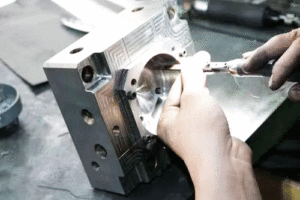
Polishing Treatment for Plastic Molds
Polishing Treatment for Plastic Molds With the widespread application of plastic products, such as daily-use items and beverage packaging containers, there is often a requirement
Mold temperature controller is a small equipment used for heating the connected mold to obtain the correct operating temperature in a minimal or specified time and maintain the set temperature by heating or cooling. The mold (mould) temperature controller is widely used in plastic molding, light guide plate die casting, rubber tires, rollers, chemical reaction kettles, bonding, burying and other industries. Now it is generally divided into an oil type and water type mold temperature controller.
Heat transfer medium of injection mold temperature controller are water or oil. Both water type and oil type have positive points and negative points.
# Oil type:
– Positive :
– Negative :
# Water type:
– Positive :
– Negative :
The selection of the temperature control bases on
How to calculate required heating capacity in kw
Standard calculations
A x ( B – C )= kcal / h
Kcal / h divide by 860=kw
A = net weight of mould( kg ) x specific heat capacity of mould material (refer to table A )
B = operating temperature of mould( ℃ ) (refer to table B)
C = initial temperature of the mould( ℃ )
TABLE A Specific heat value
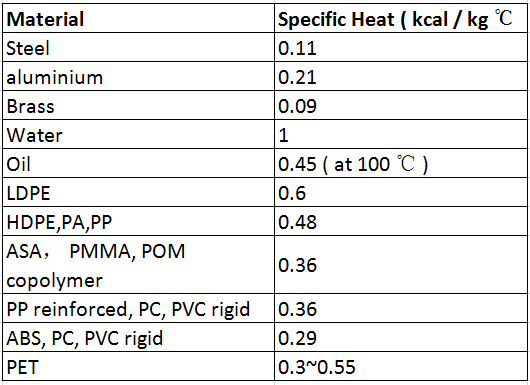
How to calculate required cooling capacity in kcal / h
D x E x ( F – G ) = kcal / hr
D = throughput of raw material ( kg / h )
E = specific heat of raw material – specific heat of raw material( ℃ ) – ( refer to table B )
F= melt temperature of raw material( ℃ ) – refer to table B
G= operating temperature of the mould( ℃ ) – refer to table B
TABLE B Typical processing temperatures for resin.
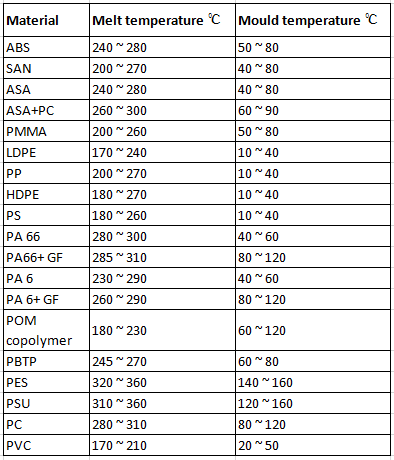
The selection of hose
The suggestions base on the safety in operation and should be confirmed by supplier.
1.water up to 90℃ / High temperature, fabric reinforced rubber hose
oil up to 120℃
2. water up to 200℃ / PTFE, stainless steel braided hose
Oil up to 250℃
3. oil up to 350℃/ All stainless steel flexible hose
Generally the hoses are distinguished as two parts. One part connects with cooling water of injection molding machine, another connects with mold. For mold, there’re input hoses and output hoses. The supplier will marks the way of connection.
Many manufacturers don’t think mold temperature is important and don’t order it yet. But there are many benefits, such as
The main purpose of mold temperature controlling is to heat the mold to the working temperature and to keep this temperature. If the above two points are successful, the cycle time can be optimized to ensure the stable high quality of injection molded parts. In plastic processing, mold temperature is an important variable and needs to be properly controlled. Perfect temperature control can reduce the unit cost of plastic injection molding. Besides, it can improve the quality of molded products, ensure the correct reproduction of the surface of plastic parts and the uniformity of shrinkage. Therefore, we must optimize the mold temperature control.
Generally speaking, an increase in mold temperature will reduce the condensation of plastic in the cavity. And that makes it easier for molten plastic to flow in the cavity, resulting in greater part weight and better surface quality. At the same time, the increase in mold temperature will increase the tensile strength of the part. Many molds, especially those used for engineering thermoplastic molding, need to operate at relatively high temperatures. If the mold is not insulated, the heat emitted to the air and the heat of the injection molding machine can easily damage the barrel. Therefore, the mold and the plate should be insulated. And if possible, the surface of the mold should also be insulated. If you consider using a hot runner mold, you should minimize the heat exchange between the hot runner and the cooled molded product. This method can reduce energy loss and warm-up time.

Polishing Treatment for Plastic Molds With the widespread application of plastic products, such as daily-use items and beverage packaging containers, there is often a requirement
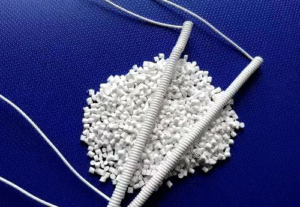
Injection Molding Techniques for TPE and TPR Injection Molding Techniques for TPE and TPR 1. Dry the TPE and TPR material before injection molding It

Winter Maintenance Measures for Injection Molding Machines As winter approaches and temperatures gradually drop, a cold chill envelops the earth. While ensuring personal warmth, it
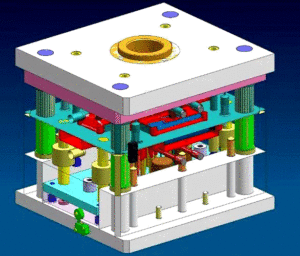
Assessment Regulations for Mold Trial Exceeding 3 Times Assessment Regulations for Mold Trial 1. Purpose The purpose of this regulation is to standardize the work of